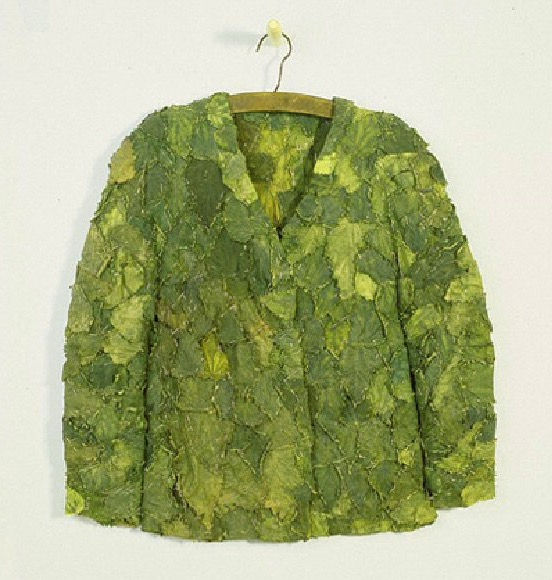Teams Workshop 1
- ShannonandDeasheArtEducation
- May 19, 2021
- 4 min read
Updated: Jun 1, 2021
Group Workshops - Everyday Objects
(available at https://miro.com/app/board/o9J_lRO1zOk=/)
Go straight to:

Deashe, Becky, Ella
Introduction
Ella chose to talk about Nettles for our first workshop as she was inspired by a friend of a friend, not from the UK, who excitedly touched a nettle not realising what it was and got a nasty shock. Ella wanted us to think about how nettles are something that people who grew up in the UK are just aware of from a young age because they are native to this country, whereas someone who grew up elsewhere (like her friend of a friend) might not be so familiar.

In this way Ella wanted us to consider the nettle in a way that someone who was learning about them for the first time might, as well as looking back at our own memories of when we first became aware of them.
Memories
One of my first memories of nettles is walking through a forest with my grandparents, as we often would, and suddenly screaming out in pain that seemed to come out of nowhere. I remember my grandma explaining that it was a stinging nettle that causes the pain, showing me the white mark it had left on my leg, and finding a dock leaf nearby to stop the pain. I thought that it was magic. Looking back, I'm not sure if it was the dock leaf that made me feel better or the idea of that magic, either way it worked.
Even though I was introduced to nettles at a young age, because I lived in Saudi Arabia (where they don't grow) for most of my formative years when I came back to the UK at the age of 17 I had forgotten about them. This meant that I had the unique experience of getting to learn about dock leaves and their 'magic' all over again.
Properties
I had heard of nettle soup, but I always imagined that in a sort of 'Charlie and the Chocolate Factory cabbage soup' way. I didn't realise that nettles had so many uses, and that their healing properties were seen as magical in cultures and fables across the world.
I came across the fairytale of 'The Wild Swans' by Hans Christian Anderson, in which the heroine has to spin nettles into a coat for each of her brothers to break the spell that turned them into swans; even though, at first, the nettles seemed to cause pain as she spun them into fibres, their healing properties overcame their immediate danger.

I also found out that nettles are mentioned a few times in the Bible, usually in the same section as fire. Fire in the Bible could either mean the extreme good (the burning bush, the cloud of smoke over the Tabernacle) or bad (Judah being destroyed by fire, Sodom and Gomorrah) , almost as a sort of cleansing.
I was interested to find out through this workshop that nettles actually have many real-world benefits such as reducing blood pressure, reducing inflammation, and providing a variety of nutrients. This means that, in addition to soup, nettles are blended into a variety of health smoothies, lotions and potions nowadays. It seems like they would taste sharp, however soaking them in water and cooking get's rid of their stinging chemicals. This is also why in some cultures, such as Romanian, the water from boiling nettles is used to wash hair as it's believed that the properties help hair to grow thick, strong, and shiny.
Final thoughts
It seems paradoxical to me that something I grew up avoiding actually carries so many positive effects; In the same way, something known for being so unpleasant actually seems to go hand in hand with fond childhood memories of parents and grandparents for many people. Although, maybe I shouldn't have been surprised as my mom always told me that the things that taste the worst are often the best for you.
Shannon, Roksana, Bismah
Polly Brant - "I talked about the surroundings I was in the grass/leaves and other nature objects that could be used creatively to make art workshops. E.g making collages and assemblages from the nature objects. And just how being outside can be a free productive space, especially for children. It was also so fun to be multitasking being at the stables and on teams. I got to think about the environment and how we could teach in these environments and how to blend these activities together".
Shannon's Response:

Drawing on everyday objects. Found piece of slab found in her back garden she painted the slab white and then continued to fill the white space with continuation of lines. Exploring pressures and anxieties with control. She wants to collaborate with children to explore the ultimate test of control.
Polly's response:
Similarities within our practices:
- Working with children/siblings
- Using accessible/everyday items while working from home.
Bismah's response:

Bismah - "Our task was to find an everyday object and think about how it would link with our practice. This is a close up of my object (a mug). I liked the pattern and thought it would make an interesting screen print that I could recreate".
Roksana's response:

Roksana - "Involving domestic materials within my collage artworks (cardboard) we are currently in lockdown and therefore we're constantly surrounded by domestic objects".
Pollys Response:
"We talked about how everyday objects are and can be used within out practices. It was exciting to see how these could also be explored in workshops to make art accessible and see the creative potential in the everyday"
Comments